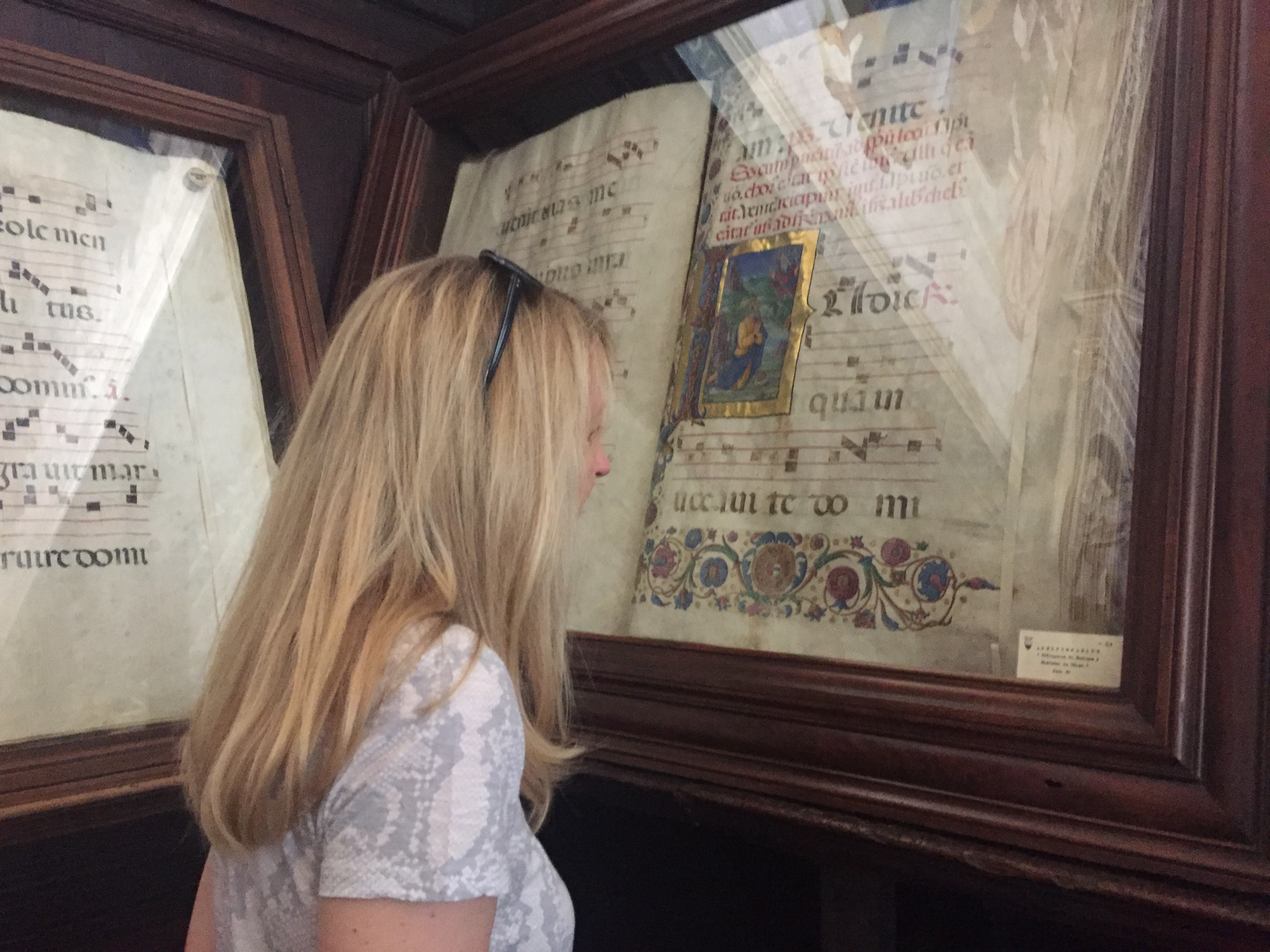
We have been to Siena many times, but had never gone inside the main Cathedral of Siena, the Duomo.
Siena is best known for the Palio, the yearly wild horse race that takes place in the Piazza del Campo, in the center town, as well as for its winding medieval streets. It is not for nothing that the town was declared a UNESCO World Heritage Site. With so much to see and do, it is not difficult to understand how it was possible to give the interior of the Duomo a miss. This was a mistake.
To enter the Cathedral is to be both overwhelmed by the artwork, but also to be immediately drawn back some 800 years, to a completely different world. It is, in many ways, more like going into a time machine than a tourist attraction.
Built between 1215 and 1263, it is an explosion of Medieval art, a riot of color and light, much of it done in marble inlay. To say it is breath-taking is to undervalue it.
It if is a breathtaking experience for us, one can only imagine the impact that entering the Cathedral must have had on Medieval peasants in the 13th Century.
While we are bombarded by visual imagery every second, their was a world devoid of any visuals at all. There was, of course, no television, no movies, no newspapers, no books, no billboards, no posters, no printed material of any kind. It was a visual desert. Completely empty. A lifetime of never seeing anything more than what the physical world in your small hamlet had to offer.
It is difficult, if not impossible really, for us to comprehend this completely.
In that context, one can only try and imagine what the impact of walking into the Duomo must have been at that time. It must have been an absolutley overwhelming experience - the Star Wars of its day. More like watching 1,000 Star Wars all at the same time, if you had never seen a movie before.
If nothing else the sheer impact of seeing so many powerful images thrown at you at once must have been mind blowing - if such an adjective works in the Dark Ages.
In an era in which virtually everyone was illiterate, often including the kings, the only way to communicate a story or an idea was through visual representations - painting, sculpture or the marble inlays in the floors. And of course, there was only one story to tell - that of Jesus.
Perhaps most impressive in the vast assembly of artwork were the pages of the hand-written, pre-Gutenberg bibles, exquisitely detailed, hand-drawn works of art.
The arrival of the printing press would make these expensive anachronisms, but the printed bibles would lack their visual power and character.
By the same token, we live in a world innundated with a never ending stream of visual imagery. As books became far more utilitarian, so too, would we never think of decorating our buildings like this - which, in a way, is kind of tragic.





